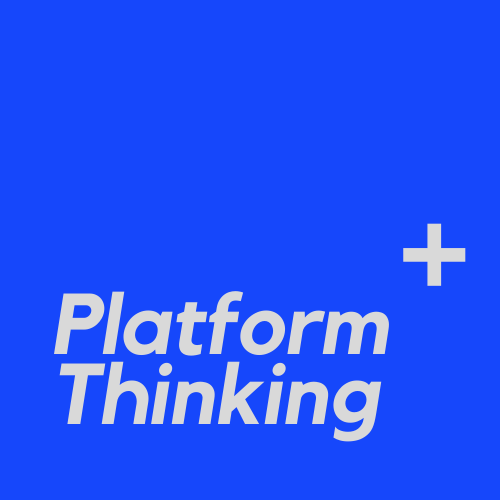10.01.23: Partially Synthetic
授意 Content + 酬劳 Compensation + 认可 Credit

本周的主题是 Partially Synthetic 部分合成。
在 Meta 本周的发布会上,AI 和元宇宙走到了一起,Ben Thompson 的文章 AI, Hardware, and Virtual Reality 表明了他的看法:
I don’t think the existing interfaces are the right ones. Talking to ChatGPT is better than typing, but I still have to launch the app and set the mode; vision is an amazing capability, but it requires even more intent and friction to invoke. I could see a scenario where Meta’s AI is inferior technically to OpenAI, but more useful simply because it comes in a better form factor.
我不认为现有的交互界面是正确的。与 ChatGPT 交谈比打字更好,但我仍然必须启动应用程序并设置模式;视觉是一种惊人的能力,但需要更多的意图和摩擦来调用。我可以看到 Meta 的 AI 在技术上比 OpenAI 差,但由于它以更好的形式出现,因此更有用。
读者可能知道,对于 AI 应用而言,我一直以来的看法都是现在这个依靠大段打字来进行交互的方式肯定会被剧烈的改变掉。除了 Meta 之外,Microsoft 本周(再次)发布的 Copilot,以及 OpenAI 在 ChatGPT 上发布的语音应用,都可以认为是在交互界面上的努力尝试。
人们经常把 ChatGPT 和搜索引擎做对比,而后者在全人群的渗透率到今天仍然堪忧——很多人不喜欢打字,也不喜欢那种需要猜想机器可能会返回给你的什么的不确定状态。ChatGPT 或许减轻了一些「人机猜疑」的坏感觉,但仍然依靠打字来输入更加冗长的提示词,甚至于让交互变得更加困难。
在类似于 Pi 这样尝试中,交互界面变得友好一些,而有趣之处在于,AI 会反客为主的先来问人类一个问题,好像是在社交中用来打破尴尬局面的破冰者。





